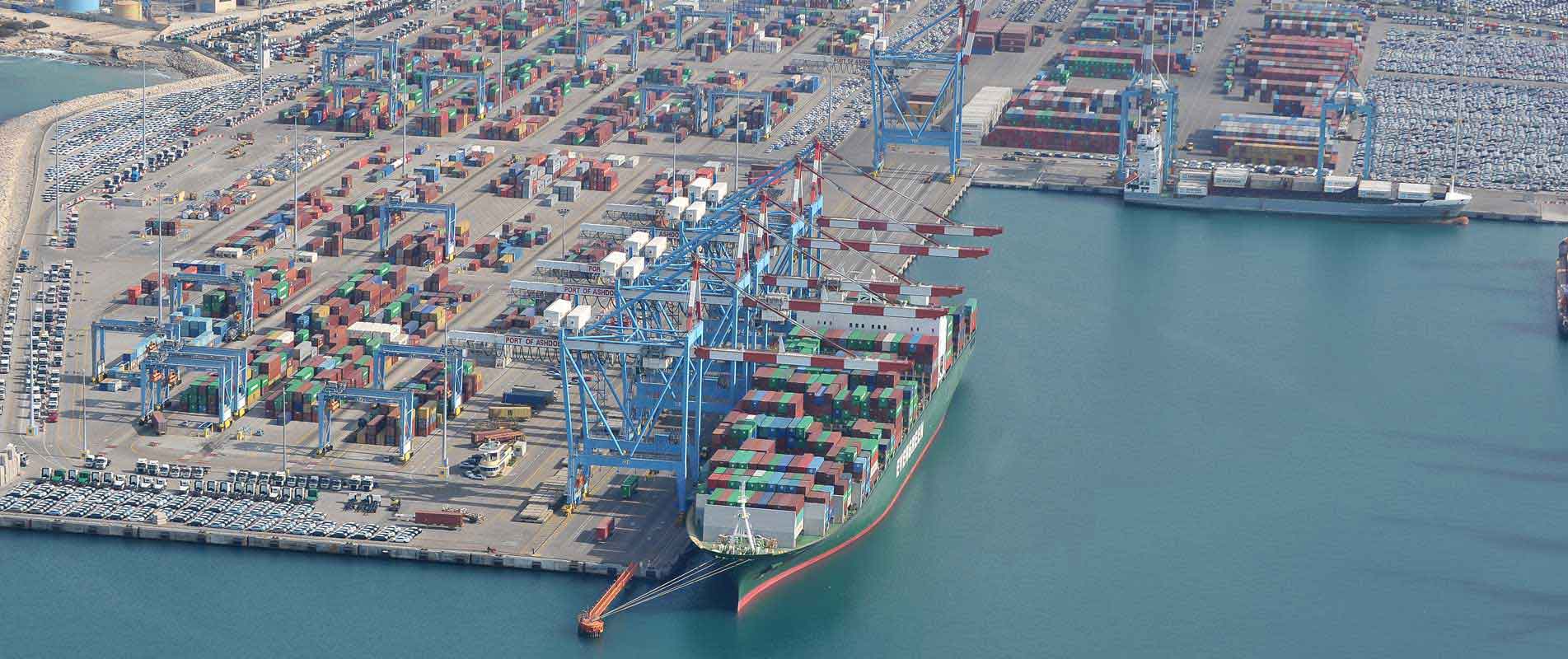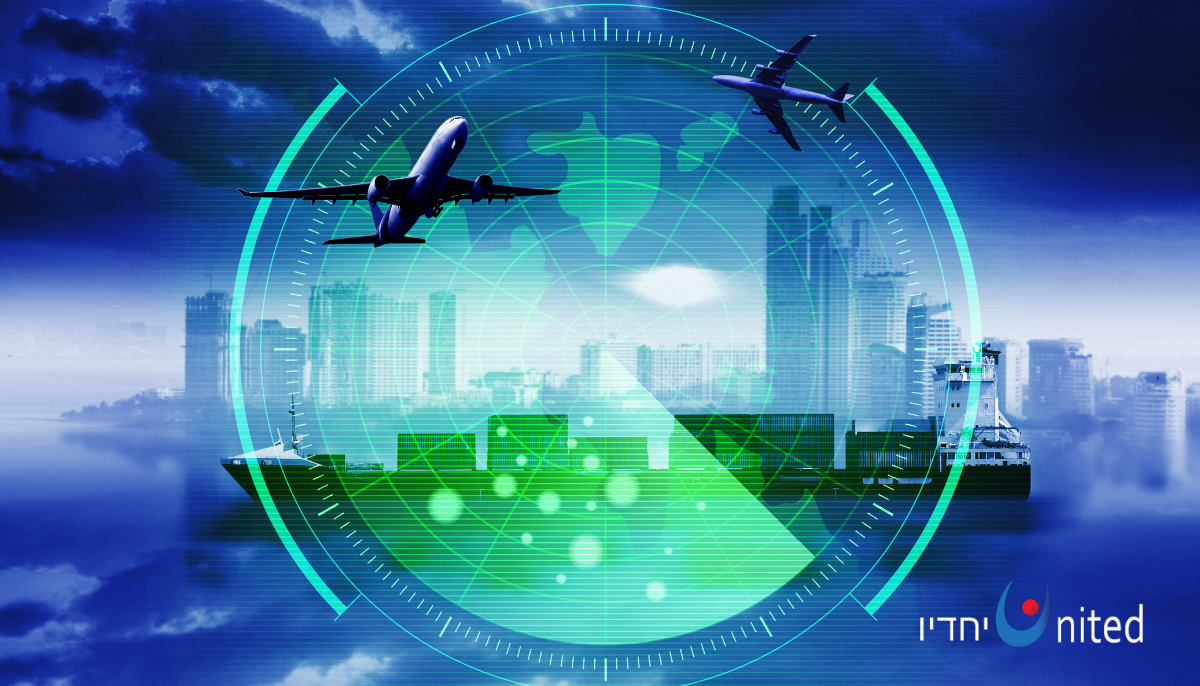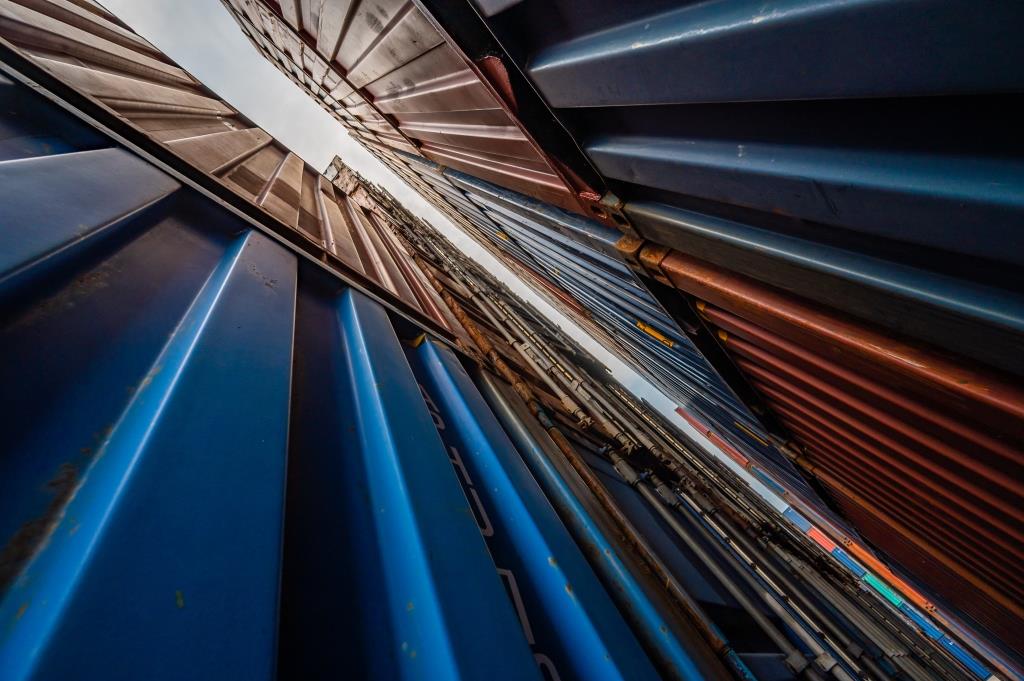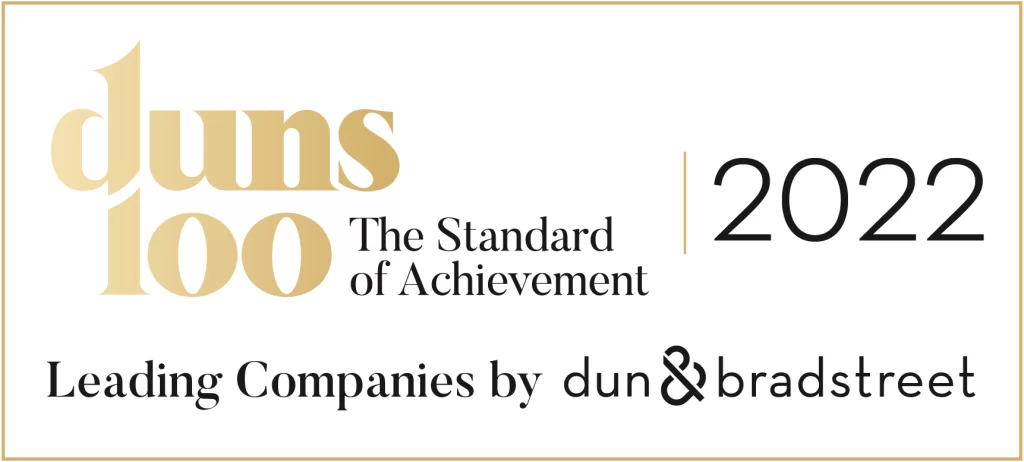
Where do my things come from? How trade works today
When we think about international trade, we traditionally think about a person or company producing all elements of a product in their home country and then exporting a final product to a consumer in a different country.
This type of trade, however, only represents about 30% of goods and services trade today; the majority of trade (70%) is actually in intermediate parts, components, and services that form segments of global value chains (GVCs). The process of producing goods is often spilt across countries, with different elements carried out wherever the necessary skills and materials are available at competitive cost and quality.
For example, a T-Shirt may be manufactured in Viet Nam using fabric imported from the United States, and then exported to Canada to sell in local retail markets. At the other end of the technology spectrum, producing a smart phone requires many complex components sourced from all over the world, including for example, computer code from France, silion chips from Singapore, precious metals from Bolivia, and graphic design from the United States. While the final product may be assembled in China and then shipped to consumers all around the world, this example reveals that many products we think of today as being made “somewhere” are in fact the result of efforts by firms and individuals in many countries.
Traditional trade statistics do not capture this reality, which is why the OECD launched an initiative to measure trade in “value added” (TiVA) terms, deepening our understanding of how trade actually works. Using TiVA, we can better identify how much value each country and industry adds to a final product along the global supply chain. This approach provides a much more accurate picture of trade balances between countries and the contribution of trade to income and employment. Taking the example of the smart phone, traditional trade statistics would attribute 100% of a final Apple iPhone assembled in China to Chinese exports, whereas a value-added approach shows that China actually only retains around 4% of the total value of the iPhone – the rest of the value is attributed to other countries that provide inputs all along the supply chain.
This new sharing of production across countries has enabled many more countries to participate in global trade, with developing countries increasing their share of global exports and imports. While the new environment for trade creates new opportunities, it also increases the costs of trade barriers.
When goods and components cross borders many times in GVCs, even small tariffs can add up, and the costs of inefficient border procedures are multiplied. Trade facilitation –the transparent, predictable and straightforward procedures that expedite the movement of goods across borders – is becoming ever more important, and is especially critical for trade in perishable agricultural products or high-tech manufacturing components, both of which are highly sensitive to delays. Trade facilitation is becoming even more important in the digital era.
TiVA data also highlight how important services are to global trade. Services represent more than 50% of total global exports, and over 30% of manufactured goods exports and around 25% of agri-food exports in value added terms. This means that efficient services sectors are not just important in their own right – services contribute to as much as 80% of GDP in some countries – but they are also essential to a country’s competitiveness in other sectors as well.
Even though services generate more than two-thirds of global GDP, employ the most workers in major economies, create more new jobs than any other sector, and are critical to competitiveness, obstacles to trade in services remain pervasive. Regulatory reforms and liberalisation of trade and investment in services are needed to enhance competition and increase the productivity and quality of services.
More related articles...


International trade statistics: trends in fourth quarter 2021
https://www.unitedxp.co.il/wp-content/uploads/2022/03/יחדיו.mp4 Acceleration in merchandise trade bolsters recovery in G20 trade, but growth in services trade eases


Services trade liberalised in 2021, showing significant decrease in volume and effects of new measures, OECD says
OECD Services Trade Restrictiveness Index (STRI): Policy trends up to 2022 shows that liberalisation outpaced new restrictions during the past year, as the erection of new barriers to


Ashdod Port completed a significant phase in the 500 million shekel project to upgrade Platform 21
Ashdod Port is presently completing one of its more complex operational projects after extensive renovations on the western side of Platform 21.


How trade works today
When we think about international trade, we traditionally think about a person or company producing all elements of a product in their home country and


The Israeli Economy An Overview
This is Israel Territory22,072 km² (ranked 154th) Official LanguageHebrew (Arabic as a recognized language with a special status) CurrencyIsraeli Shekel (1USD- 3.47 ILS*) CapitalJerusalem Geography Located


The global recovery is strong but imbalanced
Output in most OECD countries has now surpassed its late-2019 level and is converging on its pre-pandemic path but lower-income economies, particularly those where vaccination























